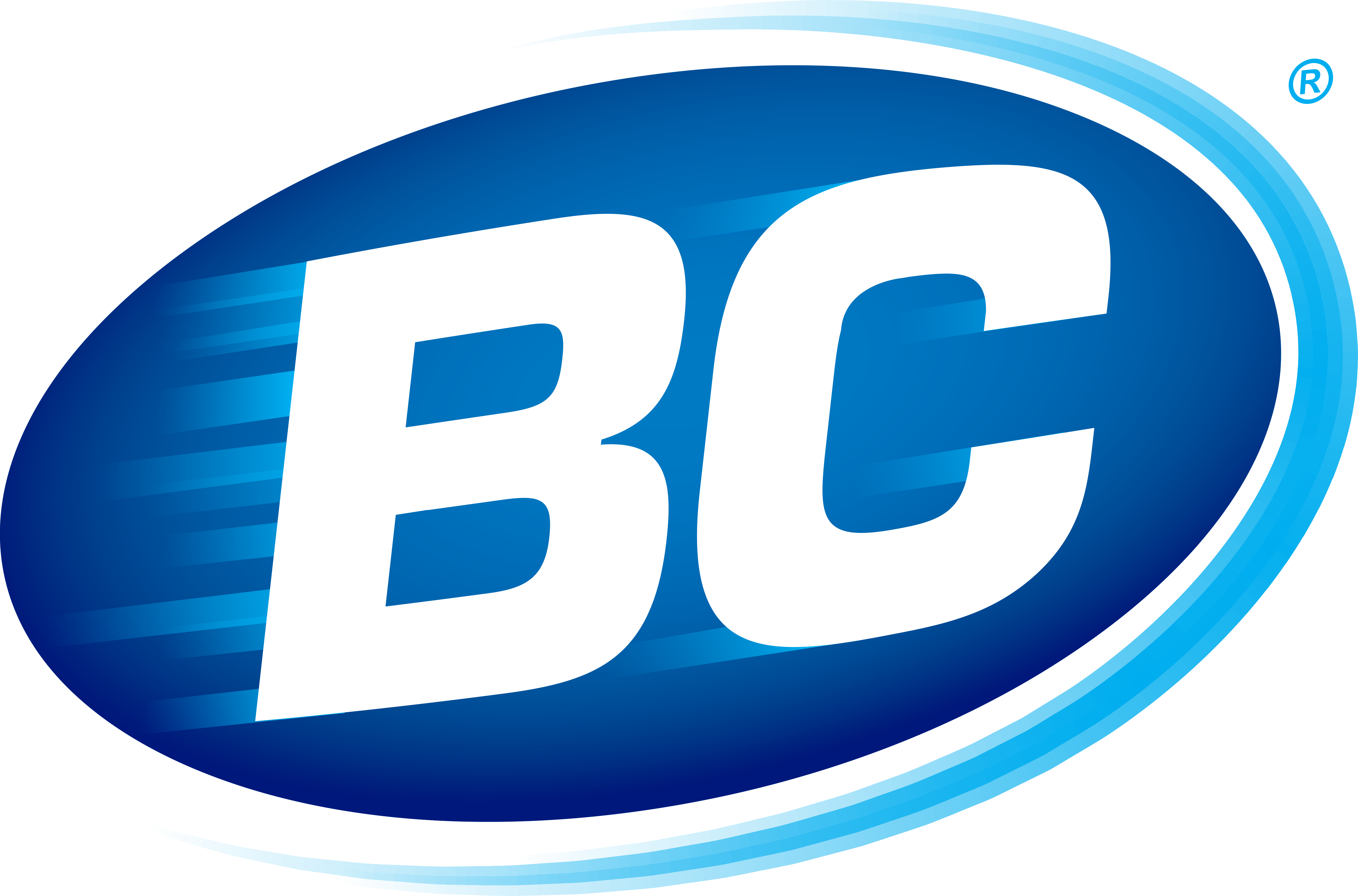
Headaches

Painful headaches rarely indicate an underlying serious illness. Though frequent headaches can interfere with daily life.
There are several types of headaches:
1. The Muscle Contraction or Tension Headache
The muscle contraction or tension headache is usually triggered by environmental or internal stress and stops when the stress is removed. How do you treat a tension headache? Take an over-the-counter pain reliever containing aspirin or acetaminophen—BC® Powder Original Formula is a good choice—and relax. Take a break for a few minutes, and focus on your breath, following your inhales and exhales for 20 breaths.
2. The Cluster Headache
Swelling of blood vessels in the head causes the cluster headache. This gives a very intense burning and piercing pain which may be throbbing or constant. During a cluster period, sufferers experience between one and four headaches a day. The headache reaches maximum intensity within 5-10 minutes and usually lasts 30-45 minutes, though duration may vary from a few minutes to several hours. The best way to treat a cluster headache is to consult your doctor.
3. Migraine Headache
Symptoms are characterized by recurrent attacks of severe pain with some of the following symptoms:
- Intense throbbing headache, often on just one side of the head
- Nausea and/or vomiting
- Sensitivity to light, noise and/or smell
- Tingling of the limbs
Unlike other headaches, migraines are a genetically inherited component in three-quarters of its sufferers. They will arise during childhood or adolescence and will manifest at the age of 30 and may then lessen in frequency and intensity after the age of 50. The two most common types of migraines are:
- Common migraine headaches account for 85% of all migraines. Starting with stiffness in the neck, which may already be present, they gradually increase in intensity. Non-specific symptoms of a migraine include changes in mood, appetite, energy level, or sense of well-being--all of these symptoms may precede a migraine headache by hours or days. Migraine headache symptoms may last from hours to days.
- Classic migraine headaches are preceded by sharply defined neurological warning symptoms known as the aura 20-40 minutes before an attack. These frequently include visual disturbances such as blind spots, zigzag lines or double vision, which disappear as the headache appears.
Nausea, vomiting, and slowing of gastric emptying may accompany both types of migraine attacks. There are many contributing factors to migraines: stress, hormonal factors (e.g., menstruation), certain foods, lack of food or long gaps between meals, lack of sleep, fatigue, strong emotions, and environment factors (e.g., loud noise, strong smells, bright or flickering light). When it comes to treating a migraine, you should definitely consult your doctor for treatment.
 Try the newest BC® Powder:
Try the newest BC® Powder: 

